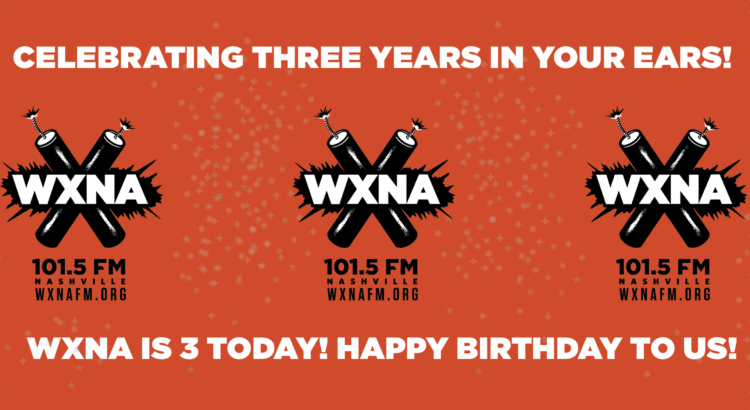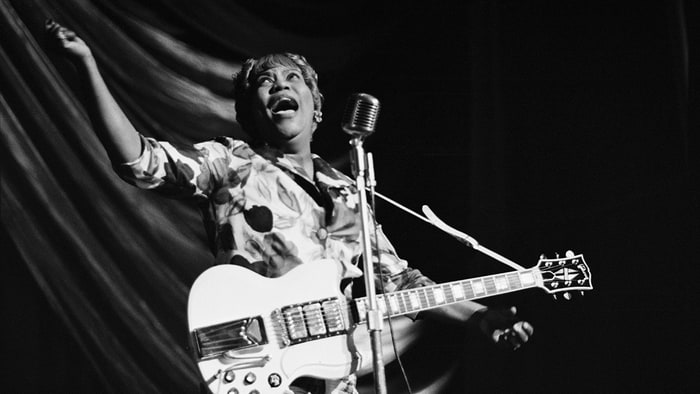Sister Rosetta Tharpe is the reason I titled my radio show Shout, Sister Shout!. I have my pal Joey to thank, introducing me to her music years ago while working together at the since-defunct J&J’s Market & Cafe, where all of us baristas frequently played things not only as cafe music, but as our own form of conversation: “Have you heard this?! Listen to this one while you’re doing the dishes!” not unlike many other no-frills haunts in Nashville, I’m sure.
“Have you heard this?!” is something I’m postured to ask every Sunday from 1-2pm on WXNA FM, where I host the show named after Tharpe’s song Joey played for me that day. I delight in asking that question and hearing that question, being surrounded by fellow DJs and listeners who teem with that obsessive curiosity about where sounds come from and what they can mean to us.
Born Rosetta Nubin on a cotton plant in Arkansas,Tharpe came of age playing thunderous electric guitar in traveling gospel groups and married an evangelical pastor in the 1940’s. Her voice is both cloud and lightning bolt: chilling wisps of tenderness alit by hollers of fury. She would bring gospel tunes to the nightclub via her signature Gibson SG and record all sorts of songs that defy the clarity-grubbing confines of genre. She was at long last inducted into the Rock & Roll Hall of Fame just last year. Later in life, she became musical and life partners with another woman in a time when that was unspeakable—especially for a woman of color. Her voice continues to cross every kind of boundary.
* * *
When an opportunity arose to host an hour of programming on the community radio waves of Nashville, I thought about existing radio shows and attitudes around the sharing of music. I considered how I would love to have a show defying genre and celebrating the nuances of form as it shape-shifts throughout tradition and culture in our rapidly globalizing world– and did so experimentally, yet accessibly. I thought about what my experiences could bring that maybe others could not, and my female-ness became difficult to ignore.
I felt that sense of delight seeping into my thoughts and my record collection, seeking out women I hadn’t heard of or had previously passed by for whatever reason, mining record shops and deep corners of the internet. I listened for sounds to play in conversation with Tharpe’s, voices of women and non-binary folx who were (or are) complex and genre-defying, marginalized and silenced–people like Beverly Glenn-Copeland or Nashville’s own Jackie Shane. I also looked for records by women that are celebrated but maybe not played as often as their brothers on the radio, for whatever reason. The music I’ve been choosing is personally inspiring, musically exciting, and culturally relevant– and there is almost always a new sister waiting in whatever crate I choose to dig in.
Despite this excitement and sense of certainty, approaching Shout, Sister, Shout! during #metoo and a clamoring, confusing call-out culture was tough. I wanted to approach it with a spirit of thesis more than antithesis, with joyful revolution more than reactionary rebellion. I didn’t want the show to feel exclusive to anyone, men included. The intention was to center the show around the sounds & stories of women, but trace their influences to all kinds of human experiences. It wasn’t necessarily designed to be explicitly radical, but if I’m honest– the show is radical simply by existing in a man’s world.
Playing majority women and nonbinary artists for an hour on the radio is noticeable, where playing all male voices for an hour is just– not. The airwaves tend to reflect the status quo rippling throughout everything else– in festival lineups, media coverage, and opportunities to make music without experiencing harassment. Recently a fellow DJ at WXNA (Hey, Heather!) brought to the community’s attention the sexist attitudes of a self-described commercial radio “consultant” who argued that if women made up 50% or more of programming on the radio, people would start to lose interest and touch the dial. He also added that in his astute opinion, female DJs are great to have for their “mom factor”, another gross condescension that masks as… I don’t know, being a mama’s boy?
* * *
There are endless complexities and nuances to hold in imperfect hands when we speak of gender, sexuality, and art. There are ever-evolving approaches, even in Nashville alone, on how to make safe space for women and nonbinary folx in music specifically. These are exciting times! I am in no way an expert or an authority on inclusivity, and I am not offering my records prostrate at the virtue-signaling-altar of the Goddess of the Politically Correct, who isn’t a substantial entity after all! However, I do think these communities (my communities) need representation– and that representation is more than a buzzword that lands corporate sponsorships and approval from the right kinds of people.
I think representation, like I saw articulated so well by NPR’s Jess Skolnik recently, needs to be paired with revolution. It’s not as simple as playing Joni in equal parts to Dylan or inserting Betty Davis into every conversation about Miles. Maybe it’s noticing the ever-spinning web between all of these artists, and when women are spun with duller thread, inspecting it a little closer and with tenderness. Keeping in mind that history has not been kind to her threads, that they may need some repair and restoration; and that they are not to be objectified on a pedestal of exclusivity, but rather recognized as part of the complex web of human musical history. Being intentional about the voices of women is difficult, painstaking work. It’s delicate and powerful, like I’d imagine adjusting the gears of a clock might be.
* * *
Let’s use The Rolling Stones as an example here. I haven’t played The Stones on my show. I don’t need to expound on this, obviously, something like “Brown Sugar” is not a counterpart to the sounds and stories of black women, not to mention it being overplayed and lyrically offensive. And yet, I don’t think I should “cancel” The Rolling Stones or burn every copy of Sticky Fingers as a listener of American music. But oh boy, do I listen to it with a critical ear, and think about what they continue to mean to our zeitgeist while tapping my toe. Here’s a thought– maybe I would play “Gimme Shelter” and discuss oft-overlooked, dynamite-vocalist Merry Clayton, how her name was misspelled as “Mary” on some of their releases, and play another one of her recordings in the same set. And hell, I’d throw in Liz Phair’s Exile in Guyville next to that too, and the whole show could be a self-referencing historical conundrum, and it would sound dynamic and great. As a DJ, I think it’s my responsibility to the community not to censor but to curate, and to play the voices that are less likely to be heard in elevated spaces such as these. Maybe it’s also our responsibility to explore how those voices can respond and add to the existing conversation. Isn’t recognizing the humanity in someone or something you don’t relate to the most radical thing we can do in a world of ever-dividing divisions?
* * *
In Nashville specifically, conversations around music can tend to feel pretentious and stilted. It is sometimes intimidating to do live radio for a city of musicians and critics, to know that my transitions may likely be analyzed, to know that as I struggle to pronounce someone’s name correctly, there is a listener out there in the void– driving their Volvo down Gallatin and cackling at my best. In this cultural moment, specifically in Nashville, I think we need to be able to fumble in front of one another. We need to dig for what delights us and unabashedly dust it off and spin it for our neighbors.
Looking into past generations and histories for the show has been such an enticing and inexhaustible adventure, but I think the most fulfilling points have been connecting them to people and music that are active now. The most meaningful moments of the show thus far have been the live interviews and in-studio sessions featuring women in Nashville who are doing really cool, important shit: Meg Pharr (of riot grrrl punk band Depression Breakfast), Sean Della Croce (singer-songwriter and co-founder of a print publication called Broadside), Ziona Riley (singer-songwriter & bassist for local band Heinous Orca), Kate Haldrup (local drummer and audio engineer), Eve Maret (synth wizard and Hyasynth House co-founder), Dream Chambers (electro-pop musician and other Hyasynth House co-founder), Wu Fei and Celine Thackston of chatterbird, and Peggy Snow (matriarch of the decades-running local experimental folk band The Cherry Blossoms and virtuosic painter of Nashville’s condemned buildings). Each of these women has brought wildly different playlists and perspectives into Martha’s Chicken Shack. Having them with me in that space feels electric and energizes me to ask more questions, to seek out more women, and ultimately to turn people onto more beautiful, meaningful shit.
In these moments when someone else is sharing from behind their particular lens of experience, I feel like I am getting to create the kind of space I intended to make on the show and that I long for more of in the world. I experience this as a listener, too– It makes me feel like the ever-spinning, ephemeral web of musical history is being held to new light, refracting incessantly for whoever chooses to turn the dial and tune in.
DJ LT
Shout, Sister, Shout!
Sundays, 1 p.m.-2 p.m.
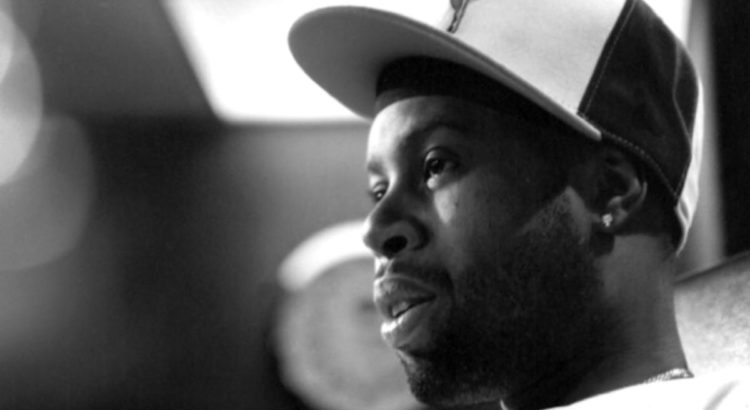
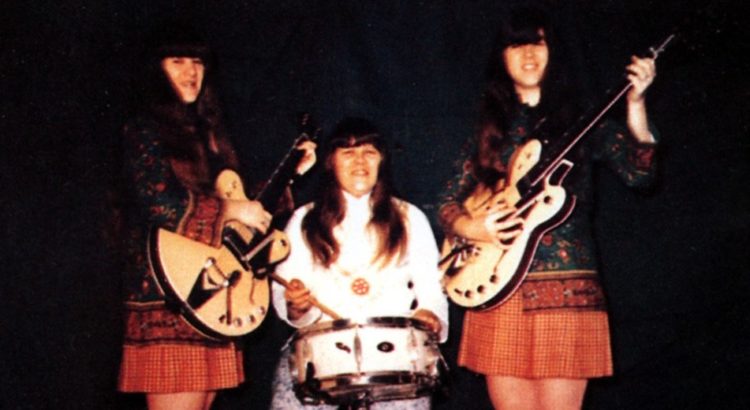
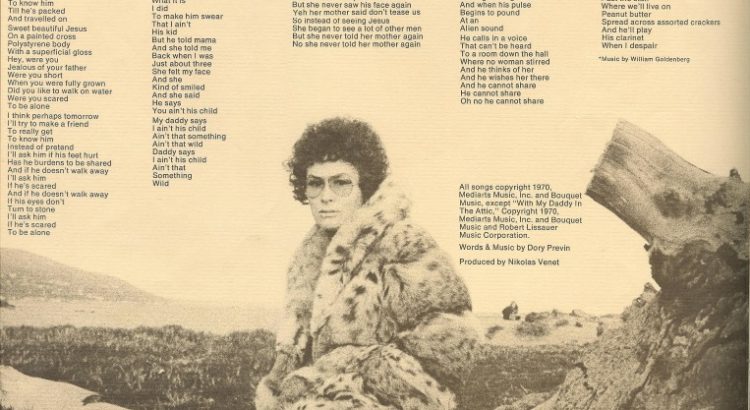

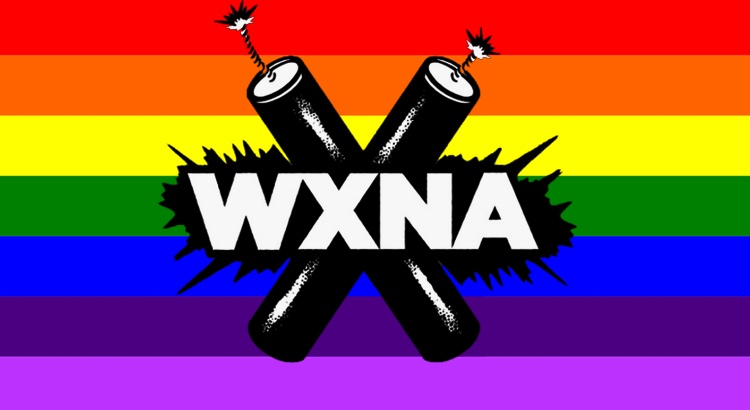
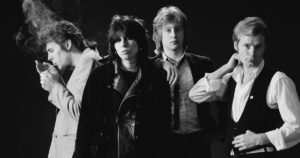 I remember my 12-year-old self hearing
I remember my 12-year-old self hearing 